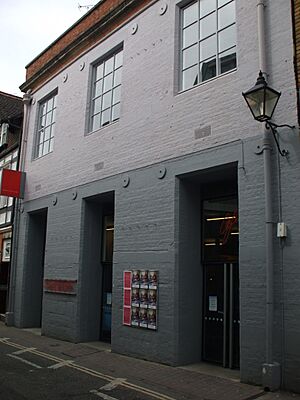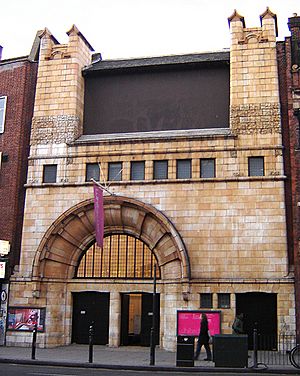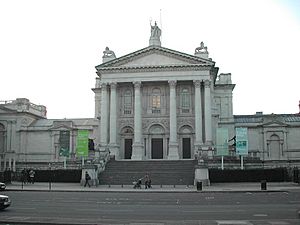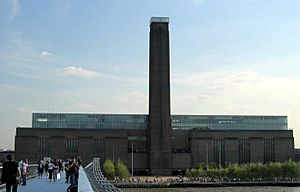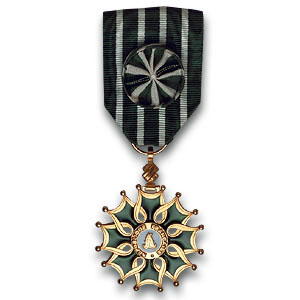Nicholas Serota facts for kids
Quick facts for kids
Sir Nicholas Serota
|
|
|---|---|
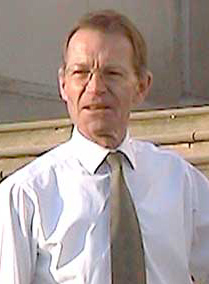
Serota in 2006
|
|
| 8th Director of the Tate | |
| In office 1988–2017 |
|
| Preceded by | Alan Bowness |
| Succeeded by | Maria Balshaw |
| Personal details | |
| Born |
Nicholas Andrew Serota
27 April 1946 Hampstead, London, England |
| Spouses | Angela Beveridge (m. 1973; div. 1995); Teresa Gleadowe (m. 1997), now Lady Serota |
| Children | 2 |
| Parent | The Baroness Serota |
| Education | Haberdashers' Aske's Boys' School, Elstree |
| Alma mater | Christ's College, Cambridge; Courtauld Institute of Art |
| Awards | Knight Bachelor (1999) Member of the Order of the Companions of Honour (2013) |
Sir Nicholas Andrew Serota (born on April 27, 1946) is a British expert in art history and a person who organizes art shows, known as a curator. He has been the chairman of Arts Council England since February 2017.
Before this, Sir Nicholas was the director of the Museum of Modern Art, Oxford. He then led the Whitechapel Gallery in London. From 1988 to 2017, he was the director of the famous Tate art galleries. He also served as the head of the Turner Prize judging panel until 2007.
Contents
Early Life and Education
Nicholas Serota grew up in Hampstead, North London. His father, Stanley Serota, was a civil engineer. His mother, Beatrice Katz Serota, worked for the government and later became a life peer and a minister.
He went to Haberdashers' Aske's Boys' School, where he was the school captain. After school, he studied economics at Christ's College, Cambridge. He later changed his focus to the history of art. He earned a master's degree from the Courtauld Institute of Art in London. His master's project was about the artworks of J. M. W. Turner.
In 1969, Sir Nicholas became the head of a new group called the Young Friends of the Tate. This group had 750 members and organized talks and art classes for children. They also put on their own art shows. However, the Tate's leaders asked them to stop, and the group eventually ended.
In 1970, Sir Nicholas started working for the Arts Council of Great Britain. He helped organize art exhibitions in different regions. In 1973, he became the director of the Museum of Modern Art, Oxford (now called Modern Art Oxford). There, he put on an early show for artist Joseph Beuys.
Leading the Whitechapel Gallery
In 1976, Sir Nicholas was chosen to be the director of the Whitechapel Gallery in London. This gallery was well-known but needed more resources. He brought in new staff members, including Jenni Lomax and Sheena Wagstaff.
He organized important exhibitions for artists like Carl Andre, Eva Hesse, and Gerhard Richter. He also showed early works by new artists such as Antony Gormley. Some of these modern art shows were not always understood by everyone at first.
In 1984–1985, Sir Nicholas closed the Whitechapel for over a year to make big improvements. They added a new gallery floor, a restaurant, and a lecture hall. To pay for these changes, he asked artists to donate their work for an auction in 1987. This helped raise a lot of money to pay off debts and support future art shows.
Directing the Tate Galleries
In 1988, Sir Nicholas was appointed director of the Tate. He presented a plan called "Grasping the Nettle" to improve the Tate. He believed the gallery was loved but needed more respect. His ideas were well-received by the Tate chairman, Sir Richard Rogers.
Many people were excited about his appointment. The artist Howard Hodgkin said Sir Nicholas had "enormous energy" and a "tremendous sense of diplomacy."
Expanding the Tate
For many years, people knew the Tate Gallery needed to grow. In 1993, the creation of the National Lottery made it possible to get a lot of public money for a bigger gallery.
In 1995, the Tate received £52 million to turn an old power station into Tate Modern. The total cost was £135 million. Sir Nicholas successfully raised the rest of the money from private donors. Tate Modern opened in May 2000 and quickly became a very popular place for tourists in London. It has shown famous works by artists like Louise Bourgeois, Anish Kapoor, Picasso, Matisse, and Edward Hopper.
In 2000, Sir Nicholas gave a public lecture where he talked about how some people found modern art difficult to understand. He mentioned newspaper headlines that criticized the Turner Prize and new art. He explained that while people enjoy visiting museums, they can still be unsure about the art inside.
Art Acquisitions and Challenges
In 1998, Sir Nicholas led a secret effort called "Operation Cobalt." This was to buy back two J. M. W. Turner paintings that had been stolen in 1994. The paintings were successfully returned to the Tate in 2000 and 2002.
In 2005, there was a situation regarding the purchase of a painting called The Upper Room. Sir Nicholas admitted that he had made a mistake on a grant application form. The Charity Commission later found that the Tate had not followed charity law in this and some other purchases.
In September 2016, the Tate announced that Sir Nicholas would leave his role as director in 2017. He then became the chairman of Arts Council England. Maria Balshaw took over as director of the Tate.
Public Reactions and Art Movements
Sir Nicholas has faced some criticism, especially from groups like Platform and Liberate Tate. These groups disagreed with the Tate accepting money from the oil company BP. When asked about this, Sir Nicholas said that you should not abandon your friends when they are having a "temporary difficulty."
The art critic Brian Sewell used the phrase 'the Serota tendency' to describe the popular BritArt movement of the 1990s. This movement was supported by Sir Nicholas's Tate and collectors like Charles Saatchi.
The Stuckist art group, formed in 1999, has often spoken out against Sir Nicholas. One of their most famous artworks is a satirical painting by Charles Thomson called Sir Nicholas Serota Makes an Acquisitions Decision. In 2004, Sir Nicholas visited a Stuckist exhibition and described their work as "lively." In 2005, the Stuckists offered to donate 160 paintings to the Tate. However, Sir Nicholas declined, saying the works were not of "sufficient quality" for the national collection.
In 2001, Stuart Pearson Wright, an artist who won the BP Portrait Award, suggested that Sir Nicholas should be removed from his position. This was because Sir Nicholas supported conceptual art and seemed to overlook figurative painting.
Honors and Personal Life
Sir Nicholas was made a Knight in 1999. In 2013, he was appointed a Member of the Order of the Companions of Honour (CH) for his contributions to art.
He is also an Officer of the Ordre des Arts et des Lettres and a Chevalier of the Légion d'Honneur, which are honors from France.
In 1973, Sir Nicholas married Angela Beveridge, and they had two daughters, Anya and Beth. They divorced in 1995. In 1997, he married Teresa Gleadowe, who is also involved in the art world. They have two stepdaughters. Sir Nicholas and Lady Serota live in London and Cornwall.
He believes that his Jewish family background has greatly influenced his life. He once said that the values he learned from his family play a big part in what he does.


